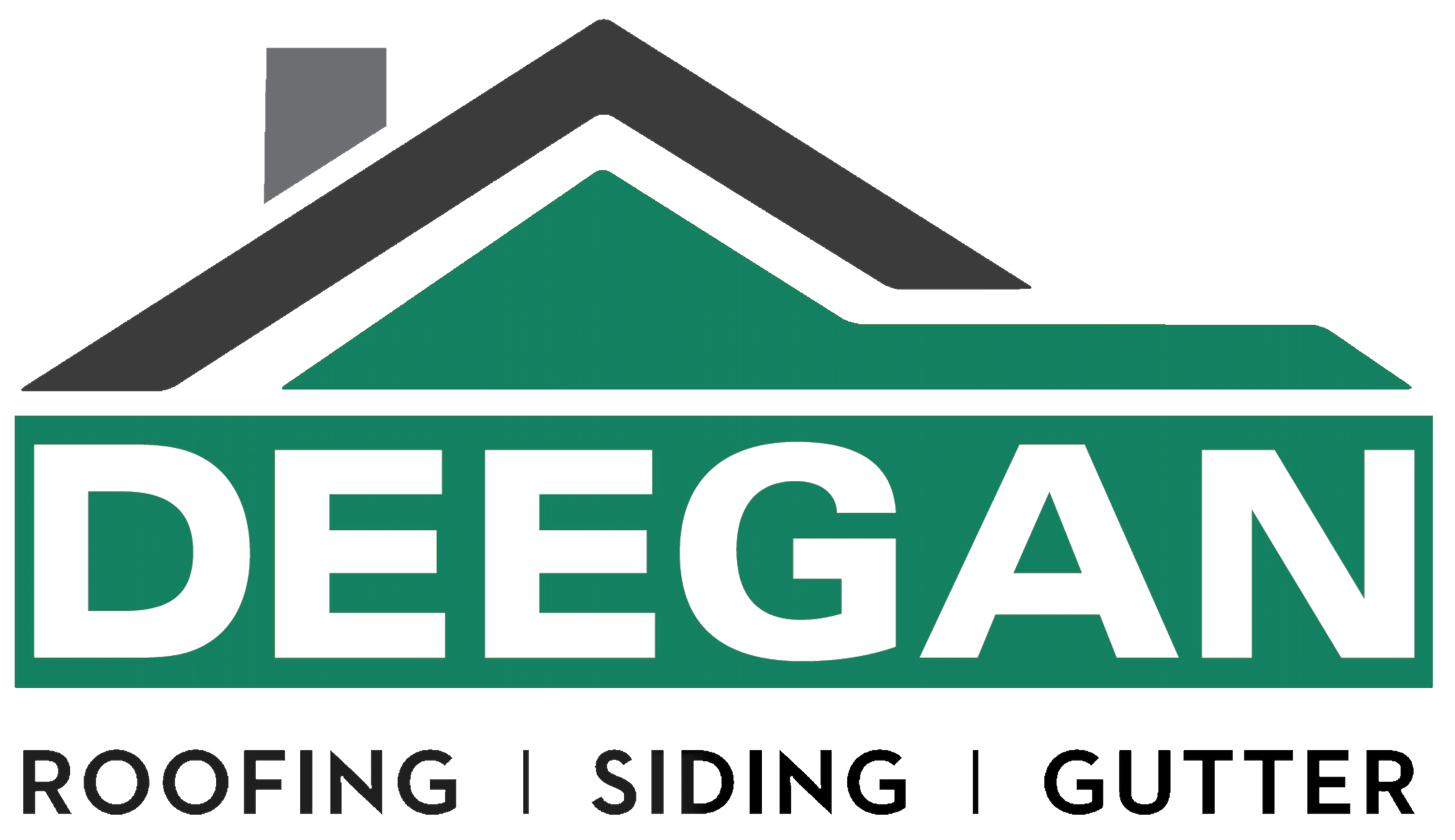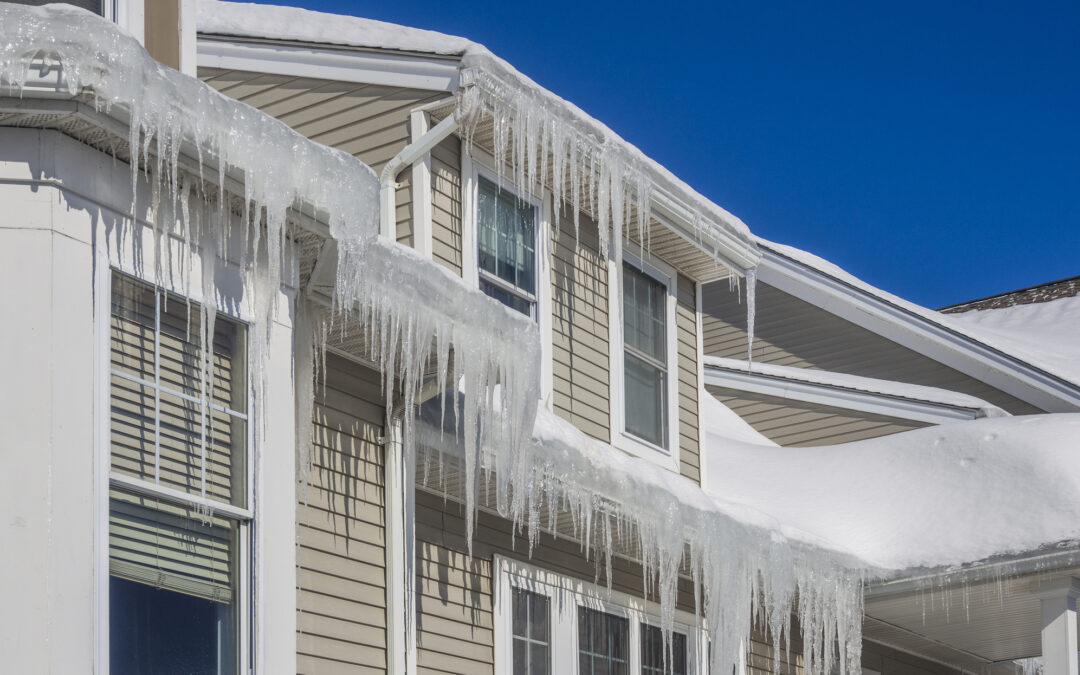Can you believe it’s only 2 months to Christmas, and the snow season? While you might enjoy the sight of snow gently falling, it can cause problems when it covers your roof and melts. Ice dams can form during wintry weather, which could put you and your home at risk. Knowing more about ice dams, including how to avoid them, can help you prepare your roof for winter.
What Are Ice Dams?
Ice dams are thick areas of ice that form along the eaves of your roof. These dams might seem like a nuisance, but they can cause serious problems. Ice dams can become a danger to you and your home when they form due to the damage they can cause.
How Ice Dams Form
Ice dams can develop on your roof when snow covers it. The warm air from inside your home causes snow to melt at the top of your roof. This snow then flows to the eaves, which don’t get as much warmth from inside your home. As temperatures drop, this melted snow freezes at the eaves.
When ice keeps building up along the eaves of your roof, an ice dam forms. As more snow melts, it can end up going under the eaves and into your home.
Dangers of Ice Dams
What kinds of damage can ice dams cause? These blockages can be a problem for you and your family if they allow water to get into your home. Having water damage in your home can cause mold to form, which can cause health problems. Serious water damage can eventually cause structural problems with your roof, putting you and your family in danger if a ceiling or part of your roof collapses.
Ice dams can also cause significant property damage to your roof and interior. Ice dams can loosen shingles on your roof or cause them to fall off entirely. This puts your home at a higher risk of leaks and other damage. These blockages can also tear your gutters, making it easier for water to get into your home or pool around your foundation.
When ice dams form, they can stop melted snow from going into your gutters and away from your house. With nowhere to go, this melted snow ends up seeping under the eaves of your roof and into your interior. This leads to water damage in your attic and other areas of your home.
When you have water damage in your home from ice dams, you might notice water stains on ceilings or walls, peeling paint, warped floors, and other signs. This water can also get into the insulation in your attic, resulting in mildew and mold growth.
Preventing Ice Dams
Ice dams can be a big problem for homeowners, but there are ways to prevent them from happening. Adding insulation in your attic and improving roof ventilation can lower the risk of having ice dams form on your roof.
Insulation in your attic helps trap warm air in your home instead of allowing it to escape through your roof. Keeping the warm air inside means it takes longer for snow to melt on your roof. You won’t have snow quickly melting and flowing to the eaves, where it then freezes. The amount of insulation you might need for this depends on how much you have already and where it’s installed.
Adding or moving vents in your roof adds another layer of protection against ice dams. Proper ventilation keeps cold air circulating under the entire span of your roof. This helps even out the melting process instead of having snow at the top of your roof melt rapidly. For example, soffit vents and a ridge vent help cold air flow under your roof rather than allowing warmer air to flow in certain areas.
A combination of insulation and ventilation can help prevent ice dams from developing on your roof. While insulation keeps warm air inside, ventilation keeps colder air flowing under your roof.
Who to Call for Ice Dams
What should you do if you have an ice dam? You should avoid trying to remove ice dams by chipping away at the ice with a shovel or another tool. Doing this can damage your shingles while also putting you at risk of hurting yourself.
Have local roofing professionals get rid of ice dams on your roof. These experts know how to safely eliminate ice dams in order to prevent damage to your home. You can also have roofing professionals add insulation or ventilation to your roof and attic as needed to stop ice dams from forming.
If you have an ice dam this winter or need help preventing them, contact Deegan Roofing. Our roofers can make sure your roof is ready to handle winter weather.

